Introduction
The mantis shrimp, also known by various names such as the squillid, stomatopod, or simply “shrimp gu” in some regions, is a fascinating creature found in tropical and subtropical oceans worldwide. Renowned for their unique eyesight, powerful strikes, and colorful appearance, mantis shrimps are a delight for seafood enthusiasts. However, enjoying their delicate flavor and nutritional benefits hinges on one crucial factor: freshness. Determining the freshness of a mantis shrimp can be challenging, given their intricate shell and internal structure. This article aims to provide a comprehensive guide on how to assess the freshness of mantis shrimp, ensuring that your culinary experience is both safe and delightful.
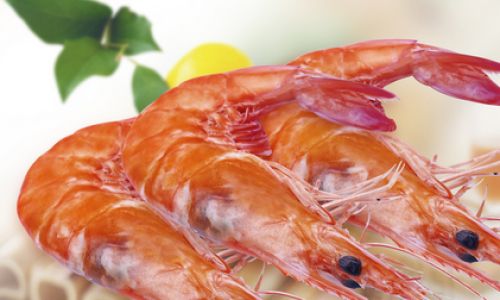
Understanding Mantis Shrimp Biology
Before diving into the specifics of freshness assessment, it’s essential to understand the basic biology of mantis shrimp. These crustaceans belong to the order Stomatopoda, characterized by their elongated bodies, powerful claws, and complex visual systems. Mantis shrimp are divided into two suborders: Smashers and Spearers, based on their hunting techniques. Smashers use their club-like appendages to create cavitation bubbles that stun prey, while Spearers employ spear-like appendages for rapid strikes.
Their diet primarily consists of small fish, mollusks, and crustaceans, which contribute to their rich, slightly sweet flavor when cooked. Mantis shrimp are highly active and require oxygen-rich water to survive. Therefore, their freshness can be rapidly compromised once caught, especially if not handled properly.
Visual Inspection: The First Line of Defense
- Appearance and Coloration
The first step in assessing the freshness of mantis shrimp is visual inspection. Fresh mantis shrimp should have a vibrant, iridescent coloration, with hues ranging from blue to green, red, and even orange. Dull, faded colors or patches of dark, slimy areas are signs of decomposition. Pay close attention to the eyes, which should be clear and bright; cloudy or milky eyes indicate that the shrimp has been out of water for too long.

- Shell Integrity
Examine the shell for cracks, breaks, or soft spots. A fresh mantis shrimp will have a firm, intact shell with no signs of wear or damage. Softening of the shell or the presence of cracks can be indicative of age or improper handling, leading to quicker spoilage.
- Leg and Antennae Movement
While this might be challenging in markets where mantis shrimp are often kept in ice or water, if you have the opportunity to observe live shrimp, check for movement in their legs and antennae. Active, coordinated movements are a good sign of freshness.
Olfactory Assessment: The Power of Smell
- Odor
One of the most reliable indicators of freshness is the smell. Fresh mantis shrimp should have a mild, slightly sweet oceanic aroma. Any strong, fishy, or ammonia-like odor is a clear sign of decomposition. Ammonia smell is particularly indicative of the breakdown of proteins, signaling that the shrimp is no longer suitable for consumption.
Tactile Examination: Feeling for Freshness
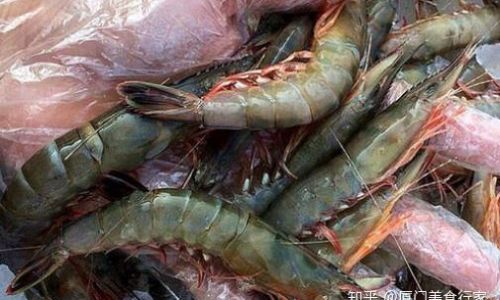
- Firmness
Press gently on the mantis shrimp’s body. Fresh shrimp should feel firm and resilient, with some give but not excessive softness. If the shrimp feels mushy or collapses under slight pressure, it is likely not fresh.
- Consistency of Flesh
When handling the shrimp, pay attention to the consistency of the flesh beneath the shell. Fresh mantis shrimp will have firm, moist flesh. If the flesh feels dry, sticky, or slimy, it is an indication that the shrimp has started to spoil.
Checking for Signs of Freezing and Thawing
- Ice Crystals
If the mantis shrimp has been frozen, look for ice crystals on the surface or within the flesh. While freezing can extend the shelf life of seafood, repeated freezing and thawing can compromise quality and safety. Ice crystals indicate that the shrimp has undergone a temperature change, which can affect its texture and flavor.
- Discoloration Due to Freezing
Frozen and thawed mantis shrimp may exhibit discoloration, particularly around the edges of the shell or in areas where ice crystals have formed. Darkening or browning are signs that the shrimp has undergone significant temperature fluctuations, potentially leading to the breakdown of nutrients and development of off-flavors.
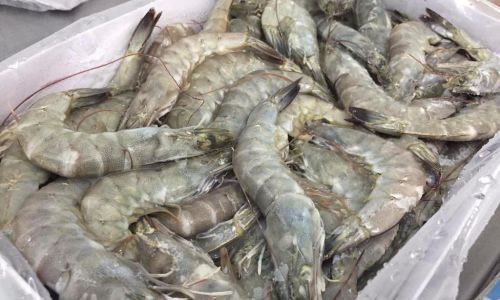
Examining the Packaging and Labels
- Packaging Integrity
If purchasing mantis shrimp that are pre-packaged, inspect the packaging carefully. It should be intact, with no signs of punctures or leaks. Vacuum-packed shrimp retain freshness better as they minimize oxygen exposure, slowing down the spoilage process.
- Use-By and Sell-By Dates
While these dates are not foolproof indicators of freshness, they provide a general guideline. Always prioritize shrimp with earlier use-by dates and avoid those that have exceeded their sell-by date, especially if the packaging has been opened or tampered with.
- Country of Origin and Handling Information
Information on the packaging about the country of origin and handling practices can give you insight into the journey the mantis shrimp has taken from the ocean to your plate. Sustainable fishing practices and quick chilling or freezing processes are indicators of high-quality, fresh shrimp.
Cooking and Final Freshness Check
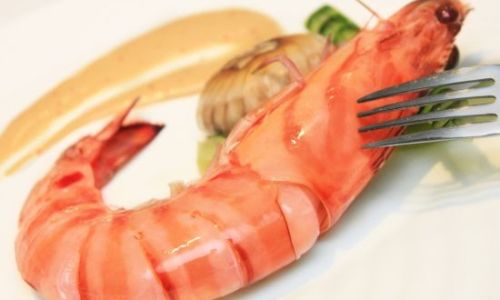
- Texture and Appearance After Cooking
Even after following all the above steps, the ultimate test of freshness is how the mantis shrimp cooks and looks once prepared. Fresh shrimp will curl tightly into a “C” shape when cooked, with firm, moist flesh that retains its color. Overcooked or undercooked shrimp, as well as shrimp that turns mushy or releases excessive liquid during cooking, are signs that it may not have been as fresh as initially thought.
- Taste
Finally, taste a small piece of the cooked mantis shrimp. Fresh shrimp should have a mild, slightly sweet flavor with a firm, tender texture. Any bitter, metallic, or ammonia-like tastes are indicative of spoilage and should prompt you to discard the shrimp immediately.
Conclusion
Determining the freshness of mantis shrimp involves a combination of visual, olfactory, and tactile assessments, as well as careful consideration of packaging and labeling information. By following these guidelines, you can ensure that your mantis shrimp is not only fresh but also safe and delicious. Remember, the key to enjoying the best of this oceanic delicacy lies in choosing and handling it with care, from the moment it leaves the water until it reaches your plate. Happy eating!

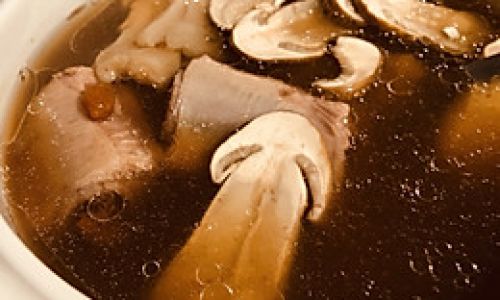
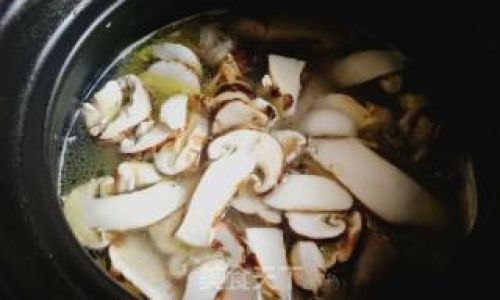



0 comments